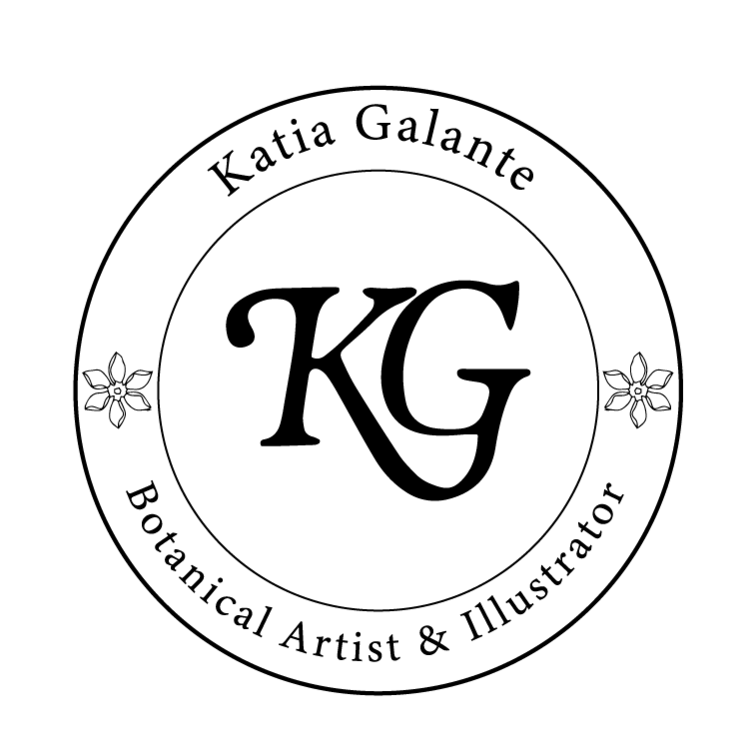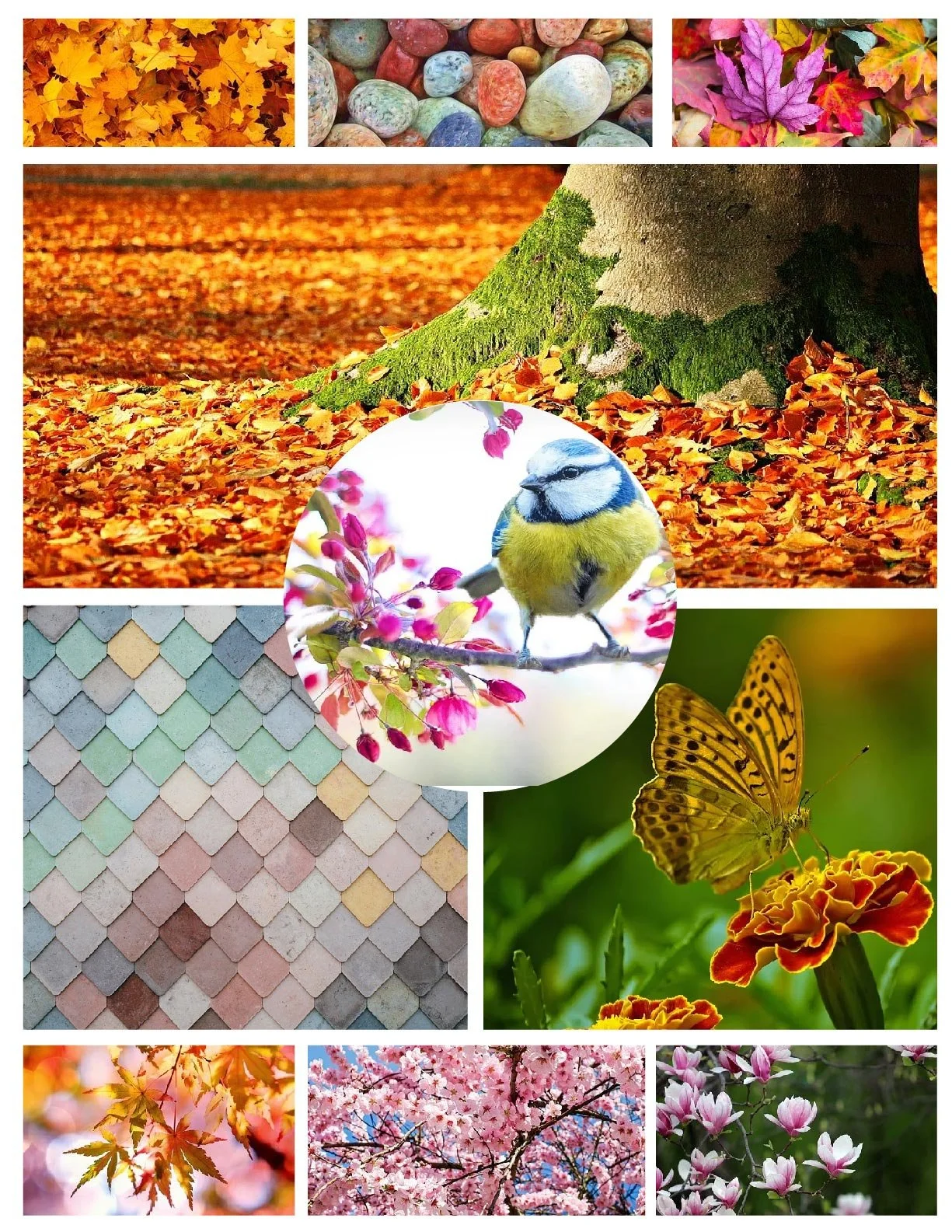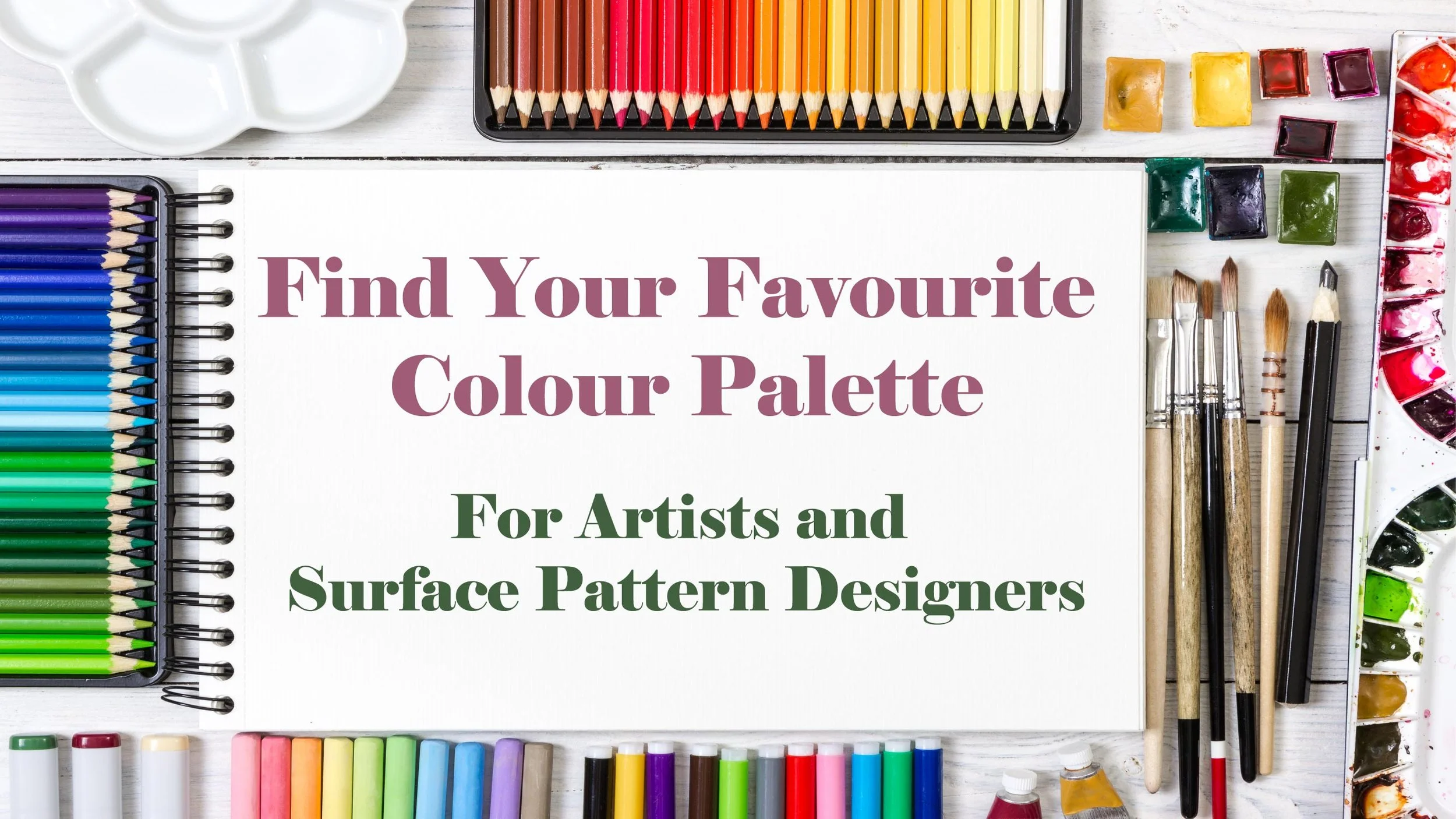Colour experts always say how powerful colour can be, and I completely agree with them. Colour can change the mood and feeling of a painting, illustration, or even a pattern, making it light and happy or dark and moody without having to change the actual subject.
If used well, colour can make your collections cohesive and it can make your personal style very recognisable.
However, very often, artists struggle to find the right colour palette for their work, or end up using many different colour palettes every time they create new artwork.
Knowing the foundations of colour theory can help, but I know it’s a daunting subject and many get discouraged at the mere mention of it!
Luckily, finding your favourite palette can be easier than you think! All you need is to set aside a little bit of time and follow a few steps…
First of all you’ll need to gather your favourite art supplies; you can use watercolours, gouache, inks, coloured pencil…. And of course some paper too.
The second step is to look for inspiration. You can use magazines, books or the internet (good old Pinterest is perfect for this).
You should select pictures that really speak to you, that give you an emotion, don’t just save any picture you see that you think it’s pretty, it really needs to convey a strong emotion.
Example of a mood board (images from Pixabay)
Next thing to do is to collect your pictures all in one place. You can keep a physical mood board or a Pinterest board but the important thing is that you can look at your 15-20 pictures (I wouldn’t collect more than that) all at the same time.
This way you will see more clearly which colours keep repeating in the pictures you’ve chosen. Those colours are the ones that attracted your attention and they can be part of your personal colour palette.
In the example here you can see the main colours are pink, orange, green and yellow.
Now you’re ready to get your paints and mix the colours you see repeating more often in your mood board. Don’t forget to make a note of the colours you used to obtain the final mix because otherwise you will have a beautiful colour palette that you won’t be able to replicate!
Once you have your chosen colour palette, you can apply it to an illustration or a pattern design, or even to an entire collection!
Do you have a colour palette you love to use? If not you could try the exercise described here!
If you would like more help in finding your personal colour palette you could have a look at my Skillshare Class “Find Your Favourite Colour Palette - For Artists and Surface Pattern Designers” where I explain in much more depth everything I talked about in this blog.
If you do take the class, let me know what you think in the comments below :-)



